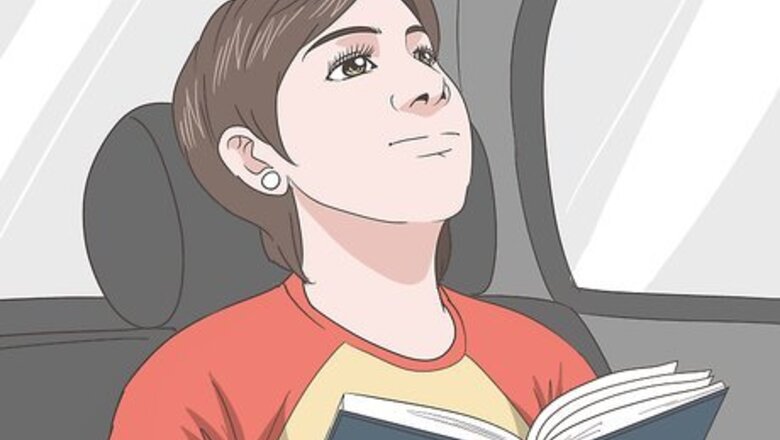
views
X
Research source
This results in carsickness which can involve nausea, vomiting, dizziness, sweating, salivation, shallow breathing, headaches, and sleepiness. If you really need to read that book, there are some techniques you can use to avoid getting sick.[2]
X
Trustworthy Source
National Health Service (UK)
Public healthcare system of the UK
Go to source
Using Self-Care Techniques
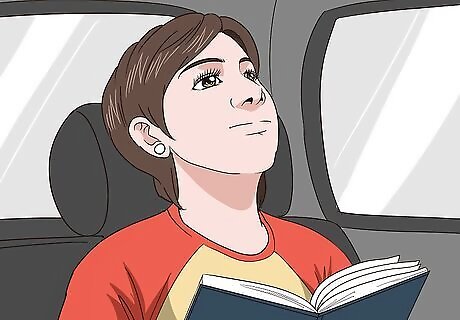
Look up from reading every few seconds. When you do, look out at the horizon. Fixating on a stable object on the horizon and looking out the window will help your body to match the visual cues of motion with the physical cues like the vibrations. Don’t try to focus on vegetation that is whipping by on the side of the road. It will make you more dizzy. Holding the book up right instead of putting it down in your lap will make it easier to flick your eyes back and forth between the horizon to the book. If you start to feel ill, you may need to look out the window for a few minutes before you can return to reading. You can minimize nausea significantly by closing the eye closest to the nearest window. This serves double purpose: To relieve your brain from processing two visual inputs of your reading material at once, and also to eliminate most of the cues of movement from your field of vision. If you have difficulty keeping it closed, cover it with your hand. Using this technique you might be able to read with no major nuisance.
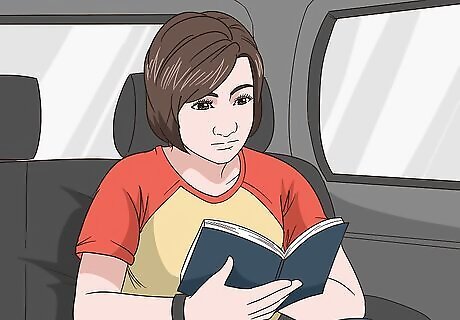
Minimize the physical sensations of motion while you read. This will help reduce the mismatch between what your body and your eyes are telling your brain. You can do this by: Sitting in a more stable part of the car. The back seat is generally more rocky than the front, so you may do best if you sit in the passenger side in the front seat. Leaning your head against a pillow or the headrest to keep it as still as you can. Not reading when you leave the highway and start traveling on windy back roads. Your body gets much stronger physical sensations of movement as the car turns and this will make you more prone to nausea.
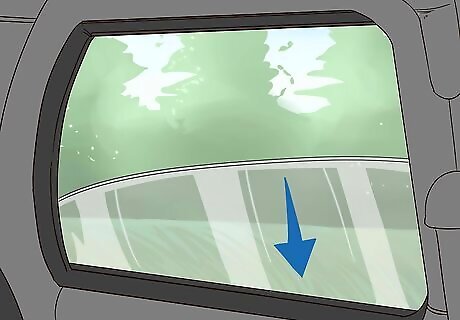
Open a window. The fresh air blowing over your face as you read will help reduce nausea and prevent you from getting too hot. The fresh air may reinvigorate you. Fully opening the window may make the pages blow around too much, but chances are that even cracking the window a bit will help a lot.
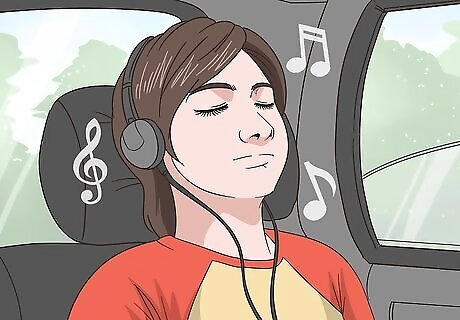
Relax and don’t stress about it if you start feeling ill. Getting anxious will make you more prone to nausea. Instead take a break from reading and focus on relaxing. You can use relaxation techniques such as: Deep breathing Meditation Progressively tensing and relaxing each muscle group in your body Visualizing a calming landscape Listening to music Closing your eyes and taking a brief nap
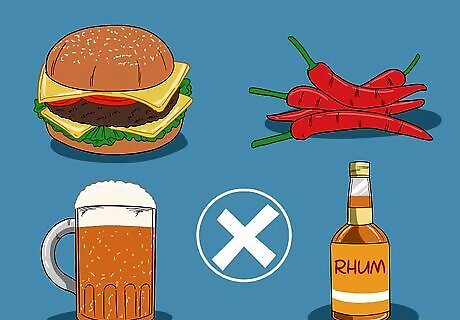
Eat lightly before and during travel. While it is enjoyable to snack on rich, junk foods while reading, getting very full can make you more prone to nausea and vomiting. Foods to avoid are: Greasy, fatty foods Spicy foods Alcohol
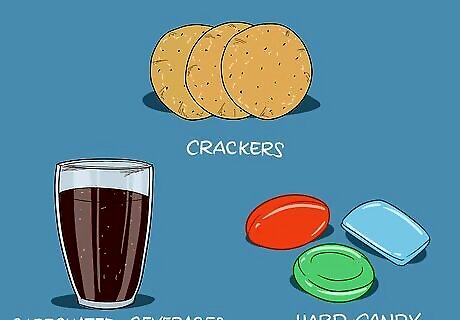
Settle your stomach while you read. These foods are light, easy to digest, and will reduce nausea: Dry crackers will help absorb some of your stomach acids. Hard candies, particularly mints. But be sure to suck on them instead of chewing them. Carbonated beverages. This will settle your stomach and provide electrolytes.
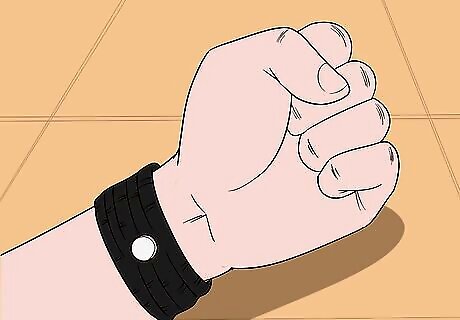
Wear acupressure bands while you read. These are cloth bands which are elastic and have a little knob on them. Position them on your wrist so that the knob presses on the inside of your wrist between the two tendons running down the middle of your forearm. Stimulating this acupressure point is thought to prevent nausea. They should not be so tight that they cause pain or cut off the circulation to your hand. They have not been scientifically demonstrated to be effective, but some people may find that they help.
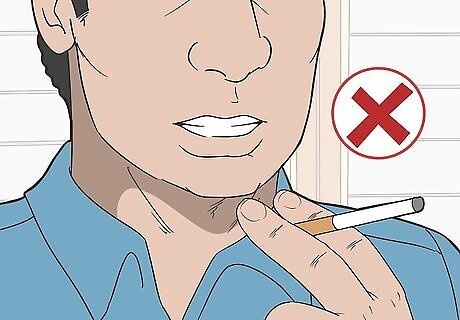
Don’t smoke or ride in a car that smells of smoke. If you start to feel nauseous you will be more sensitive to irritants like smoke. Being exposed to the smoke may make you more likely to vomit. Strong air fresheners may also have this effect.
Using Home Remedies and Medications
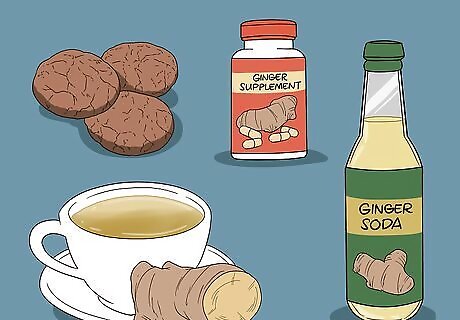
Try ginger. Researchers aren't sure exactly what in ginger relieves nausea, but it may be the oils and phenols in it. Ginger has been used for centuries to settle the stomach and combat nausea, though it has not been scientifically proven to be effective for carsickness. Before using it, check with your doctor if you are pregnant, nursing, or taking other medications with which it might interfere. If your doctor says it is ok, you might try: A tea brewed from fresh ginger. A warm cup of tea is always a cozy addition to reading a good book. This can be quite spicy so be prepared! You can add honey to sweeten it. Ginger soda. The carbonation may also help settle your stomach. Ginger cookies or breads Ginger supplements
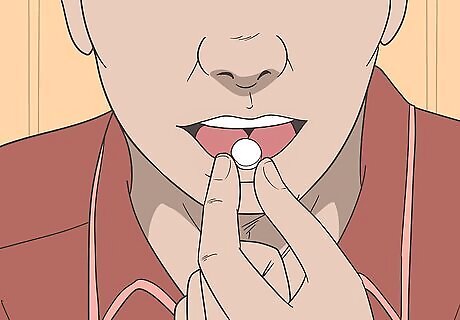
Try taking an over-the-counter antihistamine medication. Dimenhydrinate (Dramamine) is commonly used, but meclizine (Antivert) is also available. Read and follow the manufacturer’s instructions and consult your doctor before using them if you are pregnant, nursing, or taking other medications. These medications causes drowsiness so you may have trouble staying awake while reading. Do not drive or operate machinery while taking this medication. Take it a half hour to an hour before you get in the car.
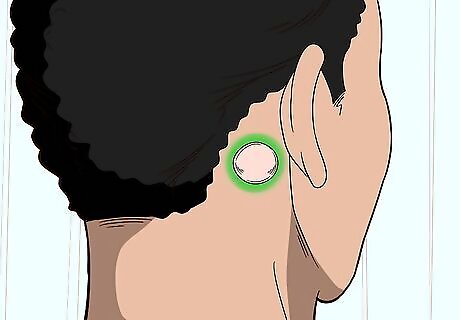
Ask your doctor for a prescription medication if you plan to read on a long car trip. When you discuss the medication with your doctor tell him or her if you are pregnant, nursing, or have other health conditions like asthma, glaucoma, urine retention, epilepsy, heart, kidney, or liver problems. If your doctor feels it is appropriate for you, you may get a prescription for a scopolamine or hyoscine adhesive patch (Transderm Scop). Put the patch behind your ear a few hours before you get in the car. It should protect you against motion sickness for about 3 days. This medication may cause drowsiness, blurred vision, and dizziness, so if the side effects are strong, it may interfere with your ability to read. If you will also be driving for part of the trip, do not take this medication. In some countries, this medication may be available without a prescription. But don’t use it on children or the elderly without first consulting a doctor.




















Comments
0 comment